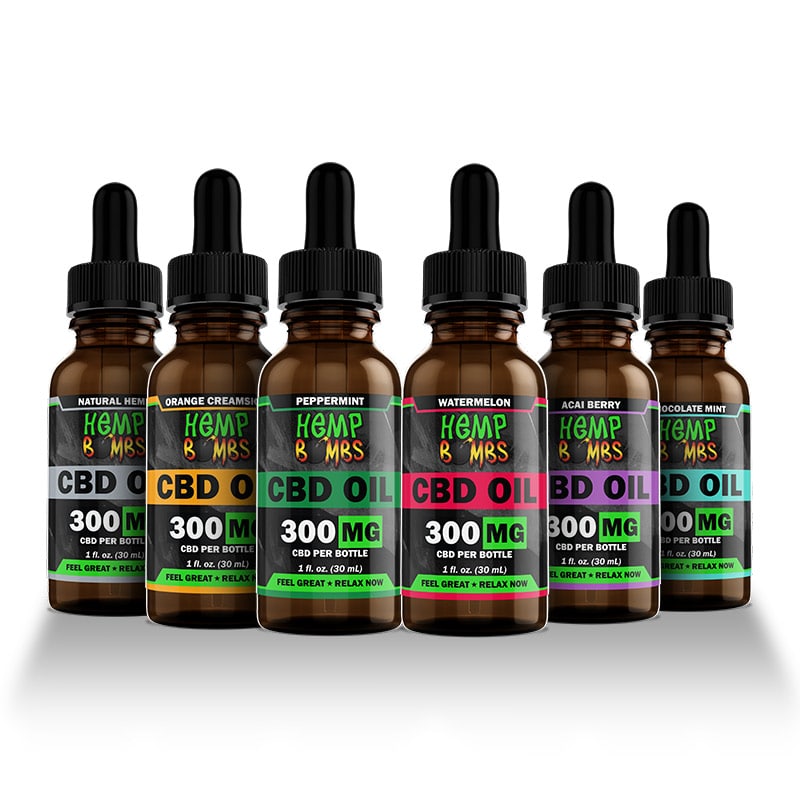
Unique lung cancer cases have requested additional research into the popular Cannabinoid CBD as the potential for cancer treatment, according to a new report published in the BMJ case report. Although more research is needed, CBD has become popularity as a drug compound, with reports of users claiming the effects such as reduced inflammation, decreasing pain, improvements in some mental health symptoms, and similar.
The case involved a female patient in her 80s; He smoked at least a pack of cigarettes a week and was diagnosed with various health conditions, including COPD and high blood pressure. These patients are also diagnosed with non-small cell lung cancer, which is described as a 41mm malignant tumor that does not spread.
Patients who are not named refuse conventional care for cancer tumors, instead of getting regular health monitoring and CT scans once every quarter or half a year. The tumor was diagnosed in the summer of 2018 and, the records of the researchers, this kind of cancer usually only has a half-year survival rate without treatment.
Apart from the lack of care, patients live beyond the average survival period and, in February 2021, it is noted that the tumor decreases with a size of 10mm, a reduction of 76 percent. The patient has been contacted in 2019, when he revealed that he had started drinking CBD oil with a dose of around 0.5ml two or three times a day.
Product details, based on details of suppliers, indicates oil contains 19.5 percent THC, 20 percent of CBD, and 24 percent THCA. Note, the patient continues to smoke during this period of time despite the diagnosis of lung cancer and does not experience lifestyle changes or recipes.
The report said that another “similar” case, but in the end the researchers warned that there were still many unknown factors when playing and could not be said at this point whether the benefits could be associated with CBD. However, additional research can help explain the effects of cannabinoid in cancer, including finer details such as how it must be given, what doses are safe, and the like.
